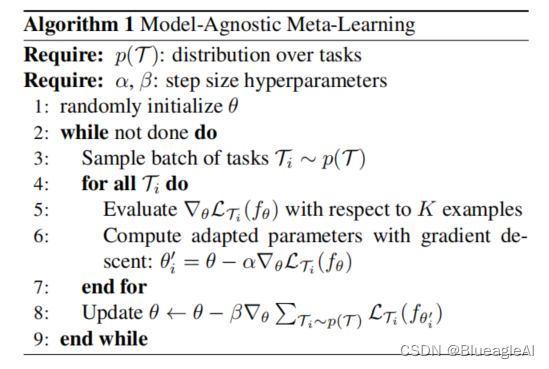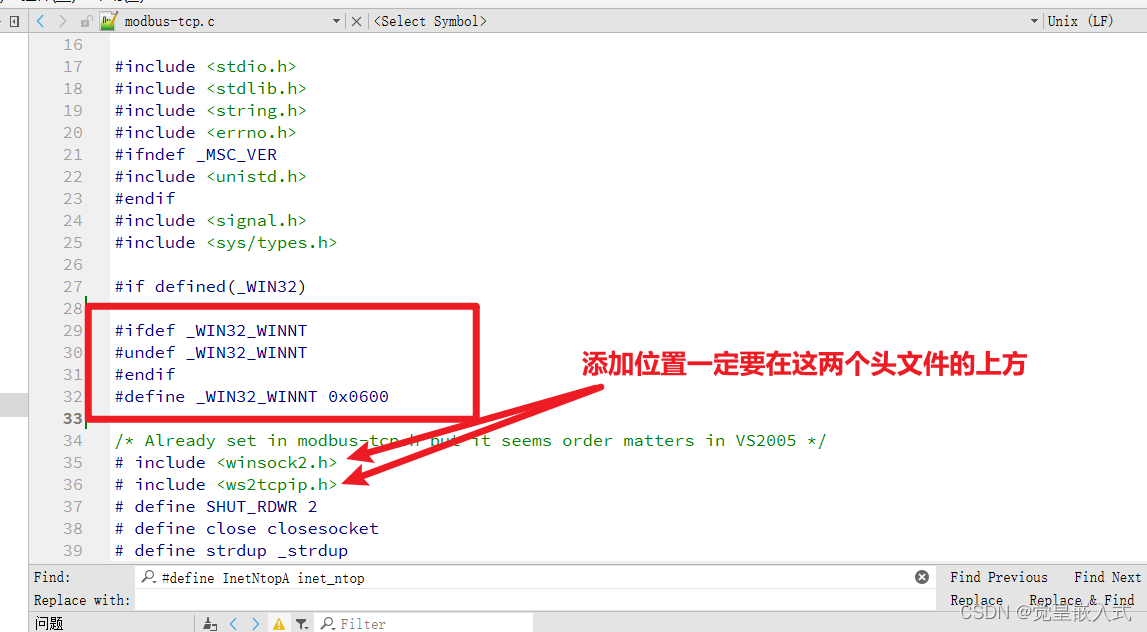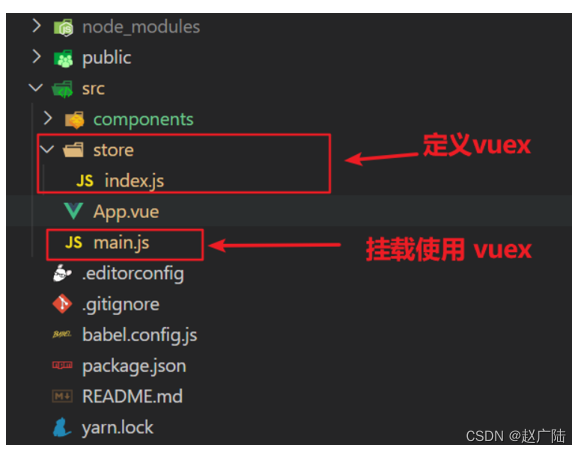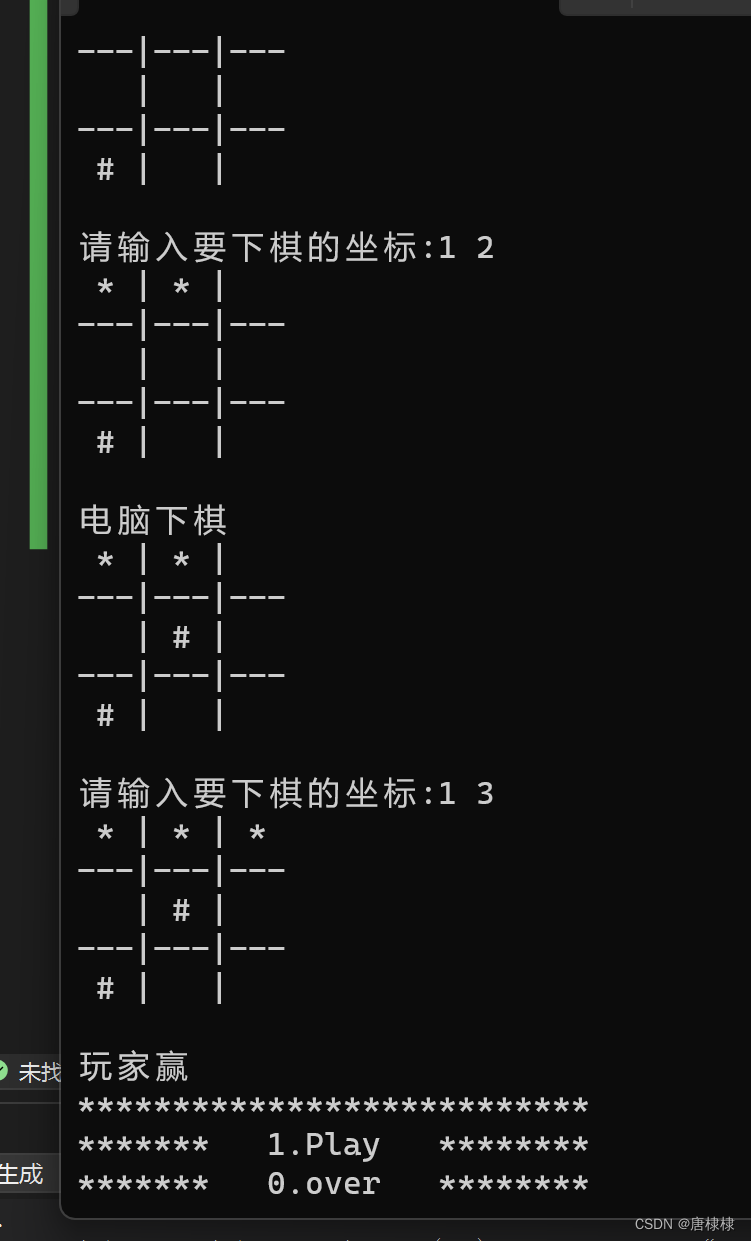mmap()系统调用提供了将文件或设备映射到内存的调用进程的虚拟地址空间中的映射。这有两种类型-
文件映射 - 此映射将进程的虚拟内存区域映射到文件,这意味着读取或写入那些内存区域会导致文件被读取或写入,这是默认的映射类型。
匿名映射 - 此映射进程的虚拟内存区域,没有任何文件支持,内容被初始化为零。此映射类似于动态内存分配(malloc()),并在某些malloc()实现中用于某些分配。
一个进程映射中的内存可以与其他进程中的映射共享,这可以通过两种方式完成-
当两个进程映射文件的同一区域时,它们共享相同的物理内存页面。
如果创建了子进程,则该子进程将继承父进程的映射,并且这些映射所引用的物理内存页面与父进程相同,子进程中的任何数据更改后,都会为子进程创建不同的页面。
当两个或多个进程共享同一页面时,每个进程可以看到其他进程根据映射类型所做的页面内容更改,映射类型可以是私有的或共享的-
私有映射(MAP_PRIVATE) - 此映射内容的修改对其他进程不可见,并且该映射未携带到基础文件。
共享映射(MAP_SHARED) - 对此映射内容的修改对其他进程可见,并且映射被携带到基础文件中。
#include <sys/mman.h> void *mmap(void *addr, size_t length, int prot, int flags, int fd, off_t offset);
上面的系统调用成功时返回映射的起始地址,错误时返回MAP_FAILED。
#include <sys/mman.h> int munmap(void *addr, size_t length);
上面的系统调用成功返回0或错误返回-1。
系统调用munmap执行已内存映射区域的取消映射,字段addr指示映射的起始地址,长度指示要映射的映射的字节大小。通常,映射和取消映射将针对整个映射区域。如果必须不同,则应将其缩小或切成两部分。如果地址没有任何映射,则此调用无效,并且该调用返回0(成功)。
让我们考虑一个例子-
步骤1 - 如下所示,写入文件字母数字字符-
| 0 | 1 | 2 | ... | 25 | 26 | 27 | 28 | 29 | 30 | 31 | 32 | 33 | 34 | 35 | 36 | 37 | 38 | ... | 59 | 60 | 61 |
| A | B | C | ... | Z | 0 | 1 | 2 | 3 | 4 | 5 | 6 | 7 | 8 | 9 | A | b | c | ... | x | y | z |
步骤2 - 使用mmap()系统调用将文件内容映射到内存中,映射到内存后,它将返回起始地址。
步骤3 - 使用数组表示法访问文件内容(也可以使用指针表示法进行访问),因为它不会读取read()系统调用。使用内存映射,避免在用户空间,内核空间缓冲区和缓冲区高速缓存之间进行多次复制。
步骤4 - 重复读取文件内容,直到用户输入" -1"(表示访问结束)。
步骤5 - 执行清理活动,即取消映射映射的内存区域(munmap()),关闭文件并删除文件。
/* Filename: mmap_test.c */ #include <stdio.h> #include <sys/stat.h> #include <sys/types.h> #include <fcntl.h> #include <unistd.h> #include <stdlib.h> #include <sys/mman.h> void write_mmap_sample_data(); int main() { struct stat mmapstat; char *data; int minbyteindex; int maxbyteindex; int offset; int fd; int unmapstatus; write_mmap_sample_data(); if (stat("MMAP_DATA.txt", &mmapstat) == -1) { perror("stat failure"); return 1; } if ((fd = open("MMAP_DATA.txt", O_RDONLY)) == -1) { perror("open failure"); return 1; } data = mmap((caddr_t)0, mmapstat.st_size, PROT_READ, MAP_SHARED, fd, 0); if (data == (caddr_t)(-1)) { perror("mmap failure"); return 1; } minbyteindex = 0; maxbyteindex = mmapstat.st_size - 1; do { printf("Enter -1 to quit or "); printf("enter a number between %d and %d: ", minbyteindex, maxbyteindex); scanf("%d",&offset); if ( (offset >= 0) && (offset <= maxbyteindex) ) printf("Received char at %d is %c\n", offset, data[offset]); else if (offset != -1) printf("Received invalid index %d\n", offset); } while (offset != -1); unmapstatus = munmap(data, mmapstat.st_size); if (unmapstatus == -1) { perror("munmap failure"); return 1; } close(fd); system("rm -f MMAP_DATA.txt"); return 0; } void write_mmap_sample_data() { int fd; char ch; struct stat textfilestat; fd = open("MMAP_DATA.txt", O_CREAT|O_TRUNC|O_WRONLY, 0666); if (fd == -1) { perror("File open error "); return; } //Write A to Z ch = A; while (ch <= Z) { write(fd, &ch, sizeof(ch)); ch++; } //Write 0 to 9 ch = 0; while (ch <= 9) { write(fd, &ch, sizeof(ch)); ch++; } //Write a to z ch = a; while (ch <= z) { write(fd, &ch, sizeof(ch)); ch++; } close(fd); return; }
Enter -1 to quit or enter a number between 0 and 61: 3 Received char at 3 is D Enter -1 to quit or enter a number between 0 and 61: 28 Received char at 28 is 2 Enter -1 to quit or enter a number between 0 and 61: 38 Received char at 38 is c Enter -1 to quit or enter a number between 0 and 61: 59 Received char at 59 is x Enter -1 to quit or enter a number between 0 and 61: 65 Received invalid index 65 Enter -1 to quit or enter a number between 0 and 61: -99 Received invalid index -99 Enter -1 to quit or enter a number between 0 and 61: -1
进程 - 内存映射 - 无涯教程网无涯教程网提供mmap()系统调用提供了将文件或设备映射到内存的调用进程的虚拟地址空间中的映射。这有... https://www.learnfk.com/process/inter-process-communication-memory-mapping.html
https://www.learnfk.com/process/inter-process-communication-memory-mapping.html

![[Linux]命令行参数和进程优先级](https://img-blog.csdnimg.cn/img_convert/19270880a25074f42260e9062c83a050.png)















![java八股文面试[JVM]——垃圾回收器](https://img-blog.csdnimg.cn/a56639a6c9c0481686b5d4b72b114552.jpeg#pic_center)

